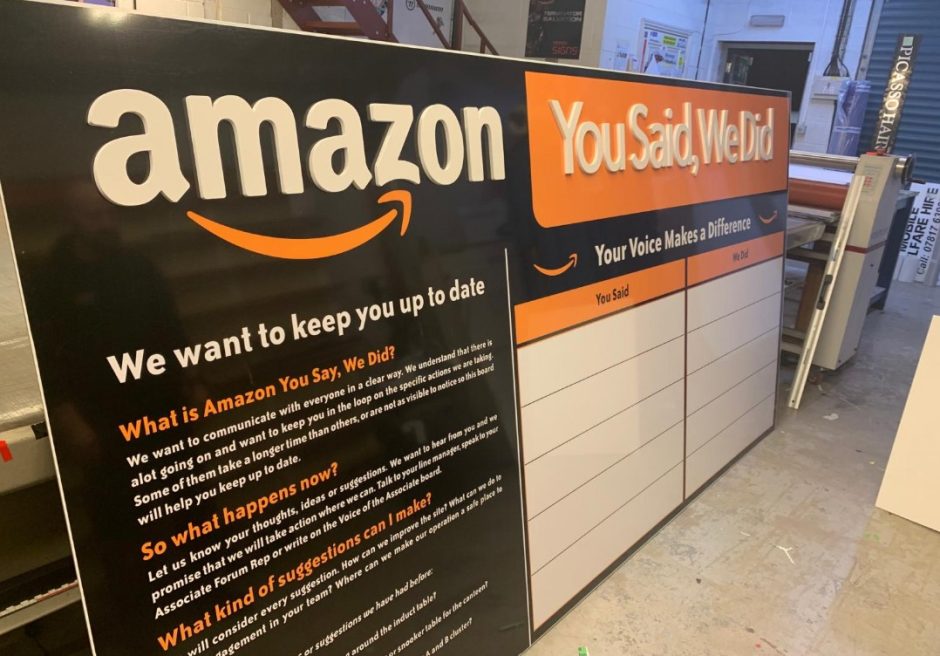While being engaged at work does feel good, it’s not a feel-good, team building activity. It is created on a daily basis through one’s work environment and relationships.
https://www.gallup.com/workplace/243578/employee-experience-engagement-difference.aspx
Second, what employee engagement is, and is not, is hard to pin down. It is hard to pin down, then it is hard to measure and even harder to influence. Proceed cautiously. In fact, I advise you read the post script.
Gallup Inc., the world’s biggest analytics and advisory firm, found that highly engaged business units and teams achieved consistent high performance across countries, industries, organisations and teams. Comparing the top-quartile engagement with the bottom-quartile engagement of 112,312 business units and 2.7 million employees – what insights did Gallop share?
Teams in the top-quartile achieved higher performance, more positive outcomes and fewer negative outcomes than the bottom-quartile teams. What does this look like?
| Higher performance (organisational success) | More positive outcomes | Fewer negative outcomes |
| 23% increased profitability 66% increased employee wellbeing 13% increased organisational citizenship participation (employees actively engaging in voluntary, extra-role behaviours to support and contribute to the organisation’s success) | 10% increased customer loyalty / engagement 18% increased productivity (sales) 14% increased productivity (production records and evaluations) | 81% reduced absenteeism 18% lower staff turnover in high-turnover organisations 43% lower staff turnover in low-turnover organisations 28% reduction in ‘shrinkage’ (various forms of loss, theft by employees / customers, administrative errors, damaged or spoiled goods.) 64% fewer safety incidents 41% fewer defects (quality). |
What encourages high employee engagement?
- Effective leadership (visioning, communication and the ability to inspire and motivate teams)
- 70% of the variance in team engagement is determined solely by the manager
- Opportunities for Growth and Development
- Purpose (Do I belong?)
- Development (How do I grow?)
- A focus on strengths (Help me see my value.)
- Organisational Culture
- A caring manager
- Ongoing conversations
Gallup have taken their research a step further and identified 12 elements or critical drivers of employee engagement.
- I know what is expected of me at work: Employees need clear expectations about their roles, responsibilities, and performance standards to feel engaged and motivated.
- I have the materials and equipment I need to do my work right: Providing employees with the necessary resources and tools to perform their jobs effectively is essential for engagement and productivity.
- At work, I have the opportunity to do what I do best every day: Engaging employees involves aligning their strengths and talents with their job responsibilities to foster a sense of purpose and fulfilment.
- In the last seven days, I have received recognition or praise for doing good work: Regular recognition and appreciation for employees’ contributions are key drivers of engagement and motivation.
- My supervisor, or someone at work, seems to care about me as a person: Supportive relationships with managers and colleagues create a sense of belonging and emotional connection, which are essential for engagement.
- There is someone at work who encourages my development: Providing opportunities for growth and development demonstrates a commitment to employees’ professional advancement and enhances engagement.
- At work, my opinions seem to count: Employees value having a voice in decision-making processes and feeling that their opinions are heard and respected.
- The mission or purpose of my organisation makes me feel my job is important: Connecting employees to the broader purpose and goals of the organisation helps them see the significance of their work, which is crucial for engagement.
- My associates or fellow employees are committed to doing quality work: A culture of high performance and accountability among colleagues fosters engagement and a sense of pride in the workplace.
- I have a best friend at work: Positive relationships and social connections with co-workers contribute to a supportive and engaging work environment.
- In the last six months, someone at work has talked to me about my progress: Regular feedback and discussions about performance and development goals are essential for employee engagement and growth.
- This last year, I have had opportunities at work to learn and grow: Providing learning and development opportunities enables employees to expand their skills and knowledge, enhancing engagement and career satisfaction.
These 12 elements serve as a framework for organisations to assess and improve employee engagement by focusing on key areas that drive motivation, satisfaction and performance in the workplace. These elements can be quantified, monitored and prioritised.
Ultimately, highly engaged workplaces feel different. And that contributes significantly to how employees choose their employers, why they stay, and what they say about your organisation long after they’ve left.
https://www.gallup.com/workplace/243578/employee-experience-engagement-difference.aspx
And there is no doubt about it – the communication component of “Effective Leadership,” plays a critical role in exploring, monitoring and evaluating these 12 elements. In part 2, I will take a closer look at the role of communication, specifically two-way communication processes, that People Teams may adopt to facilitate employee engagement.
Post script
Prof Rob Briner posted on LinkedIn a talk, presentation and paper he shared in 2016. It would appear of I have fallen into my own pothole.
Prof Rob Briner outlined five fundamental challenges to employee engagement:
- Defining engagement – engagement is poorly defined and messy.
- “It’s a confused, confusing and chaotic mess that is almost bound to lead to messy and undesired outcomes.”
- Measuring engagement.- hence measures are likely to be so also
- Engagement is nothing new or different.- “old wine new bottle”
- There is almost no good quality evidence with which to answer the most important questions about engagement – most is report and opinion (which was the fodder for my post).
- Over-claiming and mis-claiming the importance and role of engagement.
HR functions and managers measure employee engagement as they believe the numbers are providing important information. In particular, that employee engagement scores predict performance and other employee behaviours. Prof Rob Briner ask us to take a more balanced, deeper, “more critical” and “more evidence-based approach” to how we think about and use engagement in organisations.




Pingback: Employee Engagement: Part 2 – You said, we did – Edventures